SUMMARY
This is AI generated summarization, which may have errors. For context, always refer to the full article.
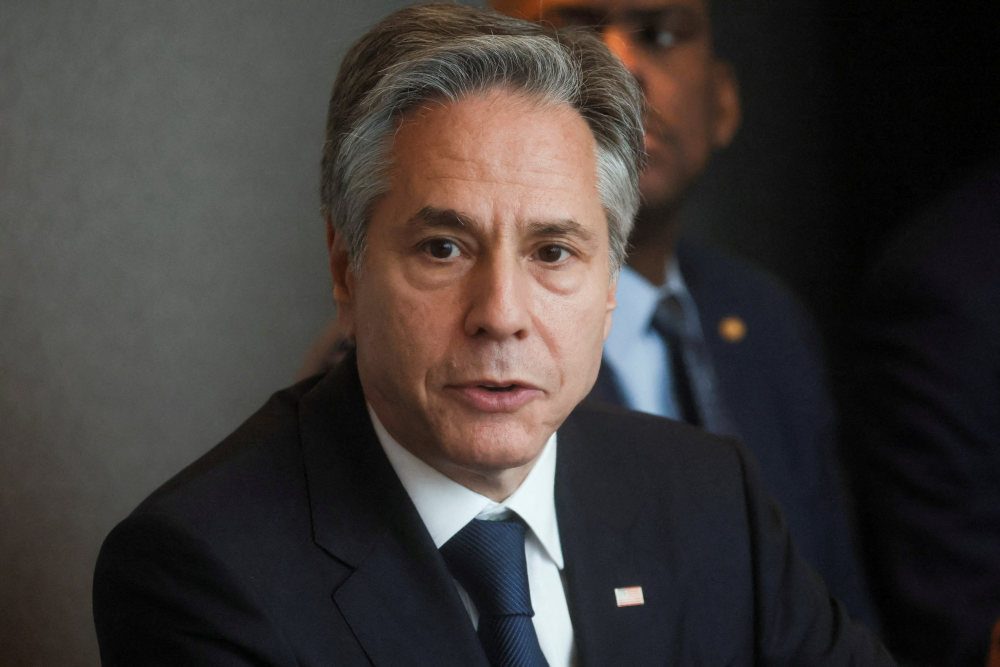
MANILA, Philippines – When US Secretary of State Antony Blinken lands in Manila, China will surely be keeping close watch. And no matter his visit’s eventual outcome, Beijing won’t like what they’ll see.
Blinken sets foot in Manila on Monday evening, March 18, for his second visit to the Philippine capital since President Ferdinand Marcos Jr. took office. Manila is the American diplomat’s last stop after visits to Vienna, Austria and then Seoul, South Korea.
Releases from the Philippine Embassy in Washington DC and the US State Department both try to highlight trade and investment as Blinken’s main agenda. It makes sense, especially since the visit is sandwiched by US Commerce Secretary Gina Raimondo’s visit to Manila for a trade mission, and the US-led Indo-Pacific Business Forum, which Manila will be co-hosting for the first time.
But it’s impossible to ignore the South China Sea-sized elephant in the room, during a visit that also expects high-level discussions on “overall bilateral cooperation in the context of regional issues,” according to the Philippine Embassy in DC.
In Manila, Blinken will meet with Foreign Affairs Secretary Enrique Manalo, and President Marcos in Malacañang.
His visit, of course, comes as the Marcos administration grows more and more keen not just in asserting the Philippines’ sovereignty and sovereign rights in the West Philippine Sea, but also as it builds on bilateral and multilateral ties old and new.
The US is the Philippines’ only treaty-ally, with whom it also has standing agreements to govern visiting forces and the use of military bases.
Manila has, and always has been, a crucial country for the US – especially since its location makes it key amid rising tensions and China’s growing presence in the South China Sea, particularly in the Taiwan Strait and the West Philippine Sea.
Marcos, unlike his predecessor Rodrigo Duterte, has been keen on bringing Manila closer to the US. Within Marcos’ first year in office, he reaffirmed and updated decades-old agreements with the US, while including more military bases in the Enhanced Defense Cooperation Agreement (EDCA).
The biggest Balikatan, a yearly joint military exercise between the US and the Philippines, happened in 2023. Just a few years prior, Duterte had threatened to end the drills altogether.

As of posting in March 2024, the Armed Forces of the Philippines and the US Indo-Pacific Command have held three joint patrols over the West Philippine Sea – called the Maritime Cooperative Activity (MCA). The first MCA saw US and Philippine forces close to Batanes, the Philippines’ northernmost province that’s just a stone’s throw away from Taiwan. The province will be hosting activities under the 2024 Balikatan as well.
Several high-ranking American officials of the Biden administration have been to Manila. Aside from Blinken and Raimondo, Vice President Kamala Harris and Defense Secretary Lloyd Austin have all made visits to the Philippine capital since Marcos took office.
Admiral John Aquilino, Commander of the US Indo-Pacific Command, was also in the Philippines during the US Presidential Trade Mission, during which he met with key defense and military leaders.
While Biden himself has yet to come to the Philippines, Marcos has met with him several times, on the sidelines of multilateral summits and during bilateral meetings. Marcos might just meet with the US president again in April 2024, if a planned trilateral meeting between Marcos, Biden, and Japanese Prime Minister Kishida Fumio pushes through.
A meeting between Blinken, Manalo, and Japanese Foreign Minister Kamikawa Yoko was reported to be scheduled in Manila ahead of the planned trilateral meeting in Washington DC, although that meeting is unlikely to happen for now.
The three foreign affairs chiefs have met before, on the sidelines of the United Nations General Assembly in New York in September 2023. Marcos has also met with Kishida and Harris on the sidelines of a summit in Jakarta back in 2023.
The trilateral cooperation between the Philippines, US, and Japan is a relationship that observers in the region are certainly keeping a close watch on.
“We hope the intention is to continue to plan, to strengthen the cooperation between the three countries—the United States, Japan, and the Philippines. And we will perhaps formalize it but we, at this point, we are still…that’s part of the discussion that we will be having to exactly what will be put in any agreement,” Marcos had said of the burgeoning threesome, during a press interview in Berlin.
Japan, like the Philippines, is a treaty-ally of the US. They are widely considered the Americans’ most important ally in the region.
So it’s not surprising that Beijing isn’t so excited about the threesome.
Beijing’s statements
When it comes to the South China Sea and especially the West Philippine Sea, Manila and Beijing speak from different perspectives. Sometimes, it seems as though China speaks of a reality that differs dramatically from the Philippines.
The week prior, the Philippines’ Department of Foreign Affairs (DFA) bristled over disclosures an anonymous Chinese official had made, accusing the Philippines of not acting on proposals submitted by Beijing to handle the situation in the West Philippine Sea. China also claimed the military’s actions under Marcos’ administration ran contrary to apparent agreements made under Duterte.
In response, Marcos denied rejecting any of Beijing’s proposals, while insisting that basing proposals on their 10-dash line claim was a non-starter.
“Our baselines have been well established for years now. We have the economic zone that China has already intruded upon. And until that premise that China has made in terms of all its discussions with the Philippines, then it’s very difficult to see a way forward,” said Marcos.

In response, China’s foreign affairs spokesperson Wang Wenbin went on a long narration that’s been often repeated – that “China has territorial sovereignty and maritime rights and interests in the South China Sea, including that China has sovereignty over Nanhai Zhudao; China has internal waters, territorial sea and contiguous zone, based on Nanhai Zhudao; China has exclusive economic zone and continental shelf, based on Nanhai Zhudao; And China has historic rights in the South China Sea. The above positions are consistent with relevant international law and practice.”
Bloomberg has called China’s rhetoric “gaslighting.” Ooff.
The DFA said Wang’s statements were “baseless and misleading.”
“The Philippines has long had sovereignty and exercised administrative control over Bajo de Masinloc, as well as various features west of Palawan which now form the Kalayaan Island Group. These features appeared and were clearly identified in the administrative maps of the Philippines during the Spanish colonial period, including the 1734 Murillo Velarde Map of the Philippines,” the DFA added.
The Philippines also brought up the 2016 arbitral ruling, which Beijing previously rejected, in reminding China that its claims are “without legal effect.”
“The Philippines maintains a firm stand against misguided claims and irresponsible actions that violate Philippine sovereignty, sovereign rights, and jurisdiction in its own maritime domain. The Philippines has never used the South China Sea issue to heighten tensions, mislead the international community, or undermine peace and stability in the region,” said the DFA.
It added: “The Philippines urges China to reconsider its unfounded positions and claims.”

Tense exchanges between Beijing and Manila have become more and more common – both at sea and through official statements.
China’s defense spokesperson, Senior Colonel Zhang Xiaogang, recently warned the Philippines “not to further walk down the wrong path, and immediately stop any provocative actions that may escalate the disputes or complicate the situation,” referring to incidents in the South China Sea.
“At the same time, we suggest that some non-regional countries stop their rhetoric and actions that embolden and support the provocative and risky acts of the Philippines and refrain from being a disruptor in the South China Sea,” he said, a barely-veiled reference to the US.
Marcos and Philippine diplomats have long rejected this argument and have insisted that the Philippines acts on its own accord, based on its own interests. The way things go, it’s absolutely in the Philippines’ interests to improve defense and security ties not only with the US and Japan but other nearby allies – Australia, and even Canada, among others.
Speaking of allies and like-minded friends… preparations for the upcoming Balikatan are in full swing. We’ll be talking about that next week. – Rappler.com
1 comment
How does this make you feel?
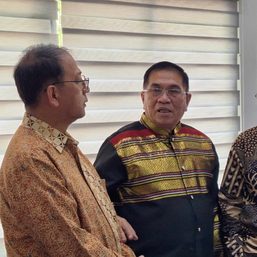
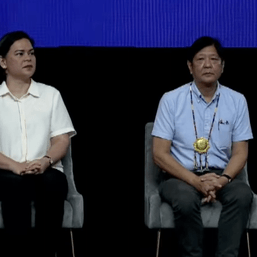
![[In This Economy] Is the Philippines quietly getting richer?](https://www.rappler.com/tachyon/2024/04/20240426-Philippines-quietly-getting-richer.jpg?resize=257%2C257&crop=194px%2C0px%2C720px%2C720px)
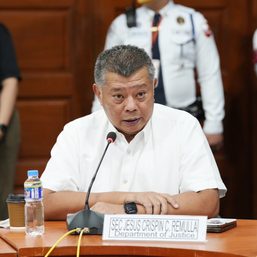
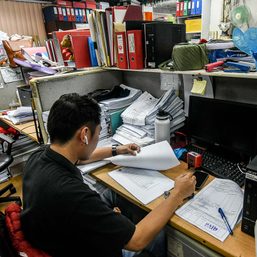
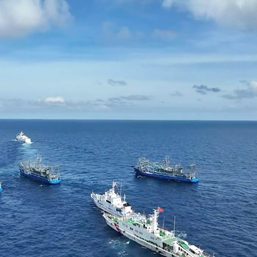
![[Newspoint] The lucky one](https://www.rappler.com/tachyon/2024/04/lucky-one-april-18-2024.jpg?resize=257%2C257&crop=536px%2C0px%2C1080px%2C1080px)
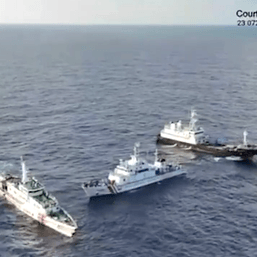
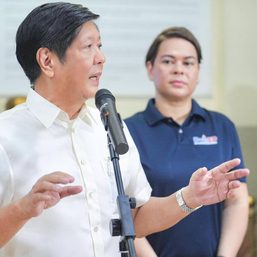
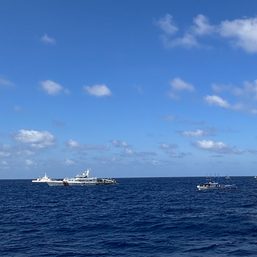
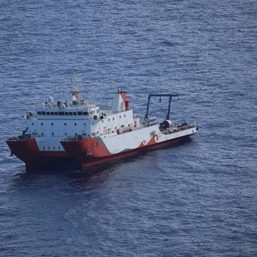
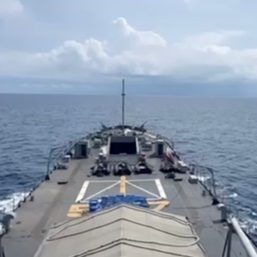
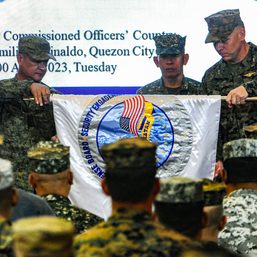
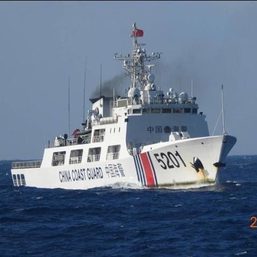
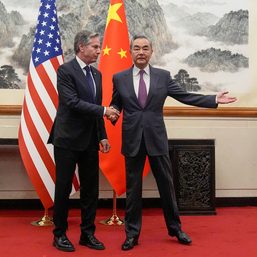
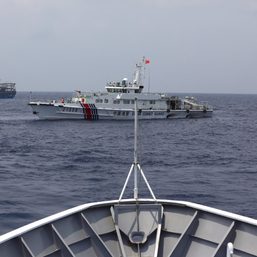

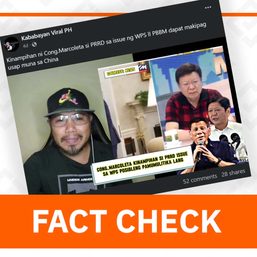
I agree: “Tense exchanges between Beijing and Manila have become more and more common – both at sea and through official statements.” I hope that this will not worsen.